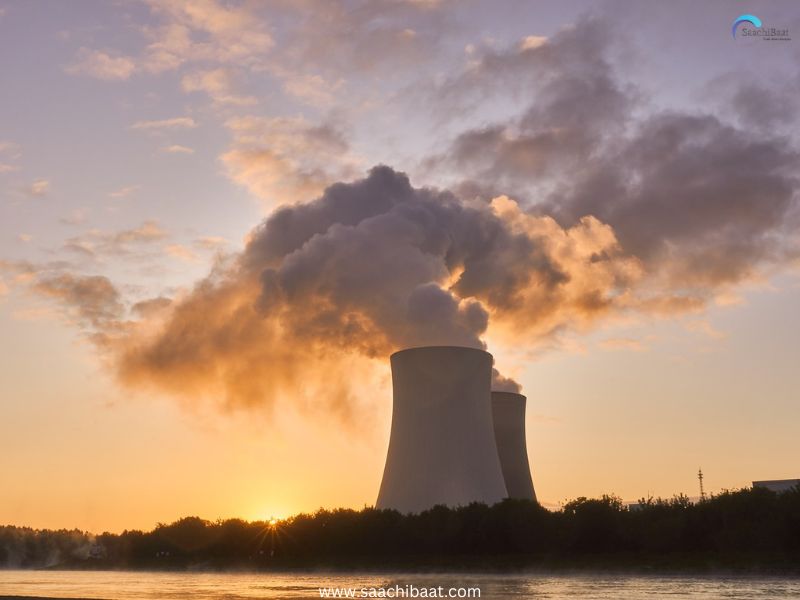Recently PM witnessed the start of the process of core loading of the indigenous Prototype
Fast Breeder Reactor (PFBR) at the Madras Atomic Power Station in Kalpakkam, Tamil
Nadu.
The PFBR is a machine that produces more Nuclear fuel than it consumes. Its core loading
event is considered as a “milestone” because it will mark the start of stage-II od India’s three
stage NPP.
History of PFBR
It is associated with numerous delays, cost overruns, and broken promises, and has accrued
many critics.
The Fast Breeder Test Reactor (FBTR) at Kalpakkam is a testing ground for PFBR
Technologies. It was built by 1977 but sanctions against India’s ‘Smiling Buddha’ nuclear test
forced the use of a mixed carbide fuel over enriched uranium. Indian government green lit
the PFBR in 2003, most people who worked on the FBTR had completed retirement.
The Indira Gandhi Centre for Atomic Research (IGCAR), Kalpakkam, designed the PFBR.
Its original cost was ₹3,492 crore and the original deadline,2010. 6 years later DAE sought
more funds and an extended deadline, which the government granted in 2012. The nuclear
power establishment further pushed the deadline and the new deadline to commercialise
was October 2022.
How does PFBR work?
Some of the components of Pressurised Heavy Water Reactor are:
1. It uses natural or low enriched Uranium as the fissile material(U-238)
2. It uses liquid sodium, a highly reactive substance, as coolant in two circuits.
3. The Reactor vessel could be preheated to 150 degree Celsius.
Functioning of the Pressurised Heavy Water Reactor:-
It uses natural uranium and produces Pu-239 as a byproduct. This Pu-239 combined with
more U-238 into a mixed oxide and loaded into the core of a new Reactor together.In a fast
Breeder Reactor the neutrons aren’t slowed, allowing them to trigger specific fission
reactions. It produces more Pu-239 than it consumes. Coolant in the first circuit enters the
Reactor and leaves with energy and radioactivity. Via heat exchangers, it transfers only the
heat to the coolant in a secondary circuit. The latter transfers the heat to generators to
produce electricity.
Importance of Stage-II of NPP
Today nuclear power has a new lease of life thanks to the pressure on India to decarbonise,
reduce its import of fossil fuels, and give its renewable sector some breathing space.

××××××××××××××
Telegram Link :
For latest news, first Hand written articles & trending news join Saachibaat telegram group
https://t.me/joinchat/llGA9DGZF9xmMDc1


